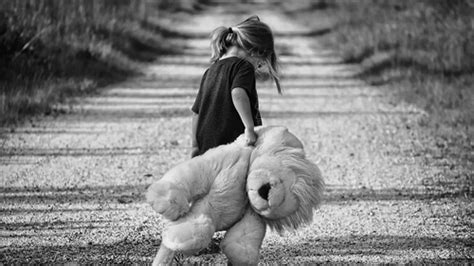幼儿园绘画的目标
Title: The Objectives of Early Childhood Art Education

Early childhood art education serves as a vital foundation for a child's holistic development, fostering creativity, cognitive skills, emotional intelligence, and social interaction. Understanding the objectives of early childhood art education is crucial for designing effective programs and activities that cater to the developmental needs of young learners.
One of the primary objectives of early childhood art education is to stimulate creativity. Through exploring various art mediums such as painting, drawing, sculpting, and collage, children learn to express their imagination freely. Encouraging experimentation and risktaking in artistic endeavors nurtures innovative thinking and problemsolving skills.
Engaging in art activities helps children refine their fine motor skills by manipulating brushes, pencils, scissors, and other art tools. The intricate hand movements involved in drawing shapes, cutting paper, and controlling paintbrushes contribute to the development of handeye coordination and dexterity, laying the groundwork for tasks like writing and tying shoelaces.
Art provides a safe outlet for children to express their emotions and feelings. Whether through vibrant colors, abstract shapes, or symbolic imagery, young learners can communicate their inner experiences nonverbally. Artistic expression empowers children to explore and understand their emotions, promoting emotional literacy and selfawareness.
Participating in art activities stimulates various cognitive functions, including perception, memory, and problemsolving. Observing, interpreting, and creating visual art forms develop children's visualspatial skills and pattern recognition abilities. Furthermore, engaging in openended art projects encourages critical thinking and decisionmaking as children make choices about colors, shapes, and composition.
Art education provides opportunities for collaboration and social interaction among young children. Group art projects, collaborative murals, and peer feedback sessions promote cooperation, communication, and empathy. Through sharing ideas, negotiating roles, and appreciating each other's artistic expressions, children learn valuable social skills essential for building positive relationships.
Exposure to diverse art forms from various cultures broadens children's understanding and appreciation of the world around them. Early childhood art education introduces children to different artistic traditions, styles, and techniques, fostering cultural sensitivity and respect for diversity. Exploring multicultural art promotes inclusivity and encourages children to celebrate their own cultural heritage while embracing others.
Success in artistic endeavors boosts children's confidence and selfesteem. Celebrating their creative achievements, regardless of skill level, validates children's efforts and encourages a positive selfimage. Artistic exploration allows children to take pride in their unique abilities and fosters a growth mindset, where mistakes are viewed as opportunities for learning and improvement.
Art engages all the senses, promoting sensory integration and perceptual development in young children. Exploring different textures, colors, and materials through sensoryrich art experiences enhances sensory processing skills. Sensorybased art activities also benefit children with sensory processing disorders by providing therapeutic sensory input and helping them regulate their sensory responses.
Early childhood art education plays a pivotal role in nurturing the holistic development of children, laying the foundation for lifelong learning and creative expression. By understanding and addressing the objectives outlined above, educators and caregivers can create enriching art experiences that empower children to thrive intellectually, emotionally, and socially.











